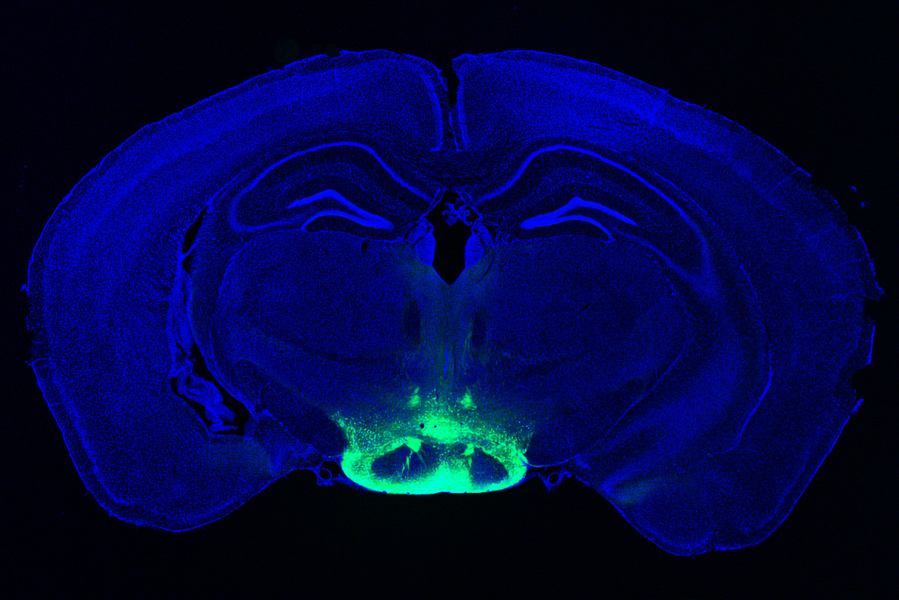2023-04-20 ペンシルベニア州立大学(PennState)
このパイオニア因子は、DNA複製、修復、発現、タンパク質の生成など、重要な細胞プロセスに関わるタンパク質によって、ヌクレオソーム内の遺伝子材料をアクセス可能にするという特殊な能力を持つという。研究により、パイオニア因子は、通常、他のタンパク質にとってヌクレオソームへのアクセスが困難なバリアーであるが、このパイオニア因子は、特殊な性質を持ち、ヌクレオソームに侵入することができることが明らかになった。
<関連情報>
- https://www.psu.edu/news/eberly-college-science/story/how-master-regulators-cells-make-dna-accessible-gene-expression/
- https://www.cell.com/molecular-cell/fulltext/S1097-2765(23)00163-6
塩基性ヘリックス-ループ-ヘリックス型パイオニア因子はヒストン8量体と相互作用してヌクレオソームに侵入し、ヌクレオソーム欠失領域を生成する Basic helix-loop-helix pioneer factors interact with the histone octamer to invade nucleosomes and generate nucleosome-depleted regions
Benjamin T. Donovan,Hengye Chen,Priit Eek,Zhiyuan Meng,Caroline Jipa,Song Tan,Lu Bai,Michael G. Poirier
Molecular Cell Published:March 29, 2023
DOI:https://doi.org/10.1016/j.molcel.2023.03.006

Highlights
•Structurally similar bHLH TFs have divergent nucleosome interactions
•Cbf1 bHLH pioneer factor (PF) targets nucleosomes through HLH-histone interactions
•Histone-PF interactions enable the dissociation rate compensation mechanism
•HLH-histone interactions facilitate NDR generation in vivo by a bHLH PF
Summary
Nucleosomes drastically limit transcription factor (TF) occupancy, while pioneer transcription factors (PFs) somehow circumvent this nucleosome barrier. In this study, we compare nucleosome binding of two conserved S. cerevisiae basic helix-loop-helix (bHLH) TFs, Cbf1 and Pho4. A cryo-EM structure of Cbf1 in complex with the nucleosome reveals that the Cbf1 HLH region can electrostatically interact with exposed histone residues within a partially unwrapped nucleosome. Single-molecule fluorescence studies show that the Cbf1 HLH region facilitates efficient nucleosome invasion by slowing its dissociation rate relative to DNA through interactions with histones, whereas the Pho4 HLH region does not. In vivo studies show that this enhanced binding provided by the Cbf1 HLH region enables nucleosome invasion and ensuing repositioning. These structural, single-molecule, and in vivo studies reveal the mechanistic basis of dissociation rate compensation by PFs and how this translates to facilitating chromatin opening inside cells.


